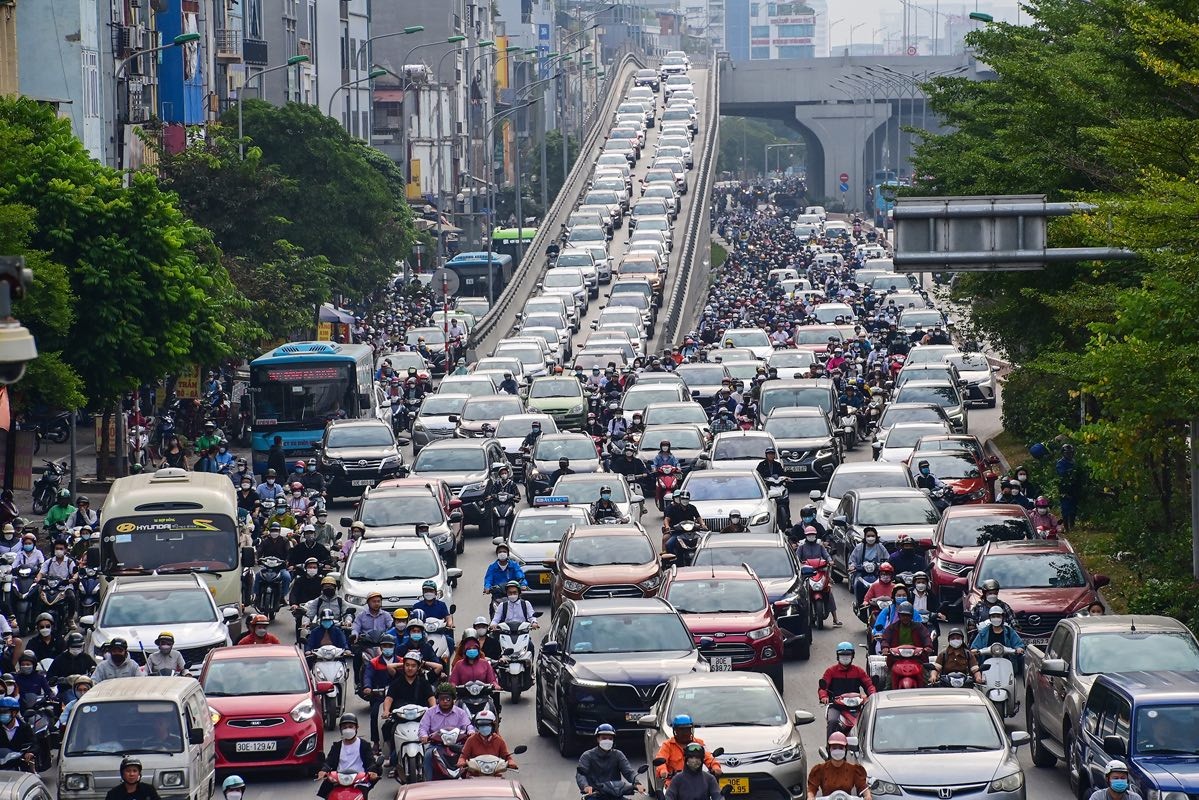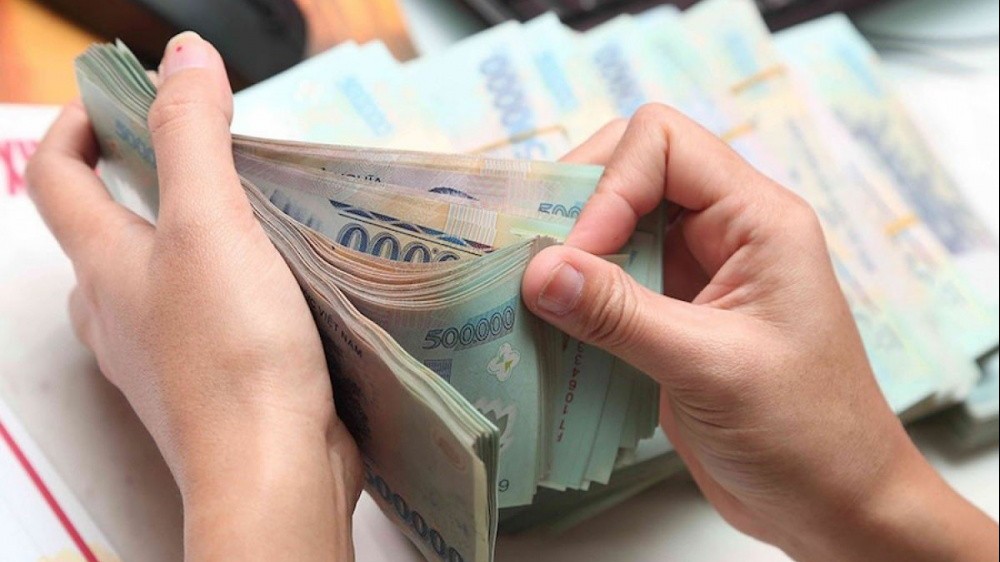
New policies related to cars and road use fees in Vietnam
Latest
 |
| Road use fee rates vary depending on the type of vehicle. (Source: VNA) |
As of February 2024, new policies related to cars and road use fees will be implemented in Vietnam.
These policies are outlined in Decree 90/2023/ND-CP, which regulates the collection rate, collection, payment, exemption, management and use of road user fees.
The decree stipulates that road use fees apply to registered road vehicles (with vehicle registration certificates and licence plates) that have been inspected for circulation (issued with safety certificates). This includes cars, tractors and similar vehicles.
Road use fee rates vary depending on the type of vehicle as follows:
Passenger vehicles with less than 10 seats registered under an individual or business household name must pay 130,000 VND per month.
Passenger vehicles with less than 10 seats including trucks, specialised cars with a total mass of less than 4,000kg, public passenger transport buses (including buses transporting subsidised students and workers), cargo vehicles, and four-wheeled passenger vehicles with motors are subjected to 180,000 VND per month.
Trucks and specialised cars with a total mass from 19,000kg to under 27,000kg, tractors with self-weight plus allowed towing weight from 19,000kg to less than 27,000kg must pay 720,000 VND per month.
The decree specifies that the fee for the second year (from the 13th to the 24th month from registration and fee payment) is equal to 92% of the fee for one month as prescribed. The fee for the third year (from the 25th to the 36th month from registration and fee payment) is equal to 85% of the fee for one month in the prescribed schedule. This means that car owners or transport business owners who pay road use fees for longer periods will receive certain benefits.
Road use fees can be paid annually, monthly, or according to the car's inspection cycle. The registration unit issues road toll payment stamps corresponding to the payment time.
For cars with an inspection cycle of one year or less, the vehicle owner must pay the road use fee for the entire inspection cycle and receive a road use fee payment stamp for that period.
For cars with inspection cycles of more than one year (18 months, 24 months, and 36 months), the vehicle owners can choose to pay road use fees annually (12 months) or for the entire inspection cycle.
In the case of paying fees according to the inspection cycle, the registry unit will issue a road use fee payment stamp corresponding to the inspection cycle. At the end of the fee payment deadline (inspection cycle), the vehicle owner must go to the registration unit for inspection and pay the fee for the next inspection cycle.
If vehicle owners arrive for inspection earlier or later than the prescribed inspection cycle, the registration unit will inspect the vehicle and calculate the continuing road use fee from the end of the previous paid period until the end of the next inspection cycle.
It's important for car users in Vietnam to familiarise themselves with these new regulations to ensure compliance with the updated policies on road use fees and vehicle registration.
















